Recent, Happening Now
December 22, 2025
WEST COAST AND CALIFORNIA LOGISTICS BLOG
Subscribe to instant updates library group background effect move style move subtract object pencil fill invite.
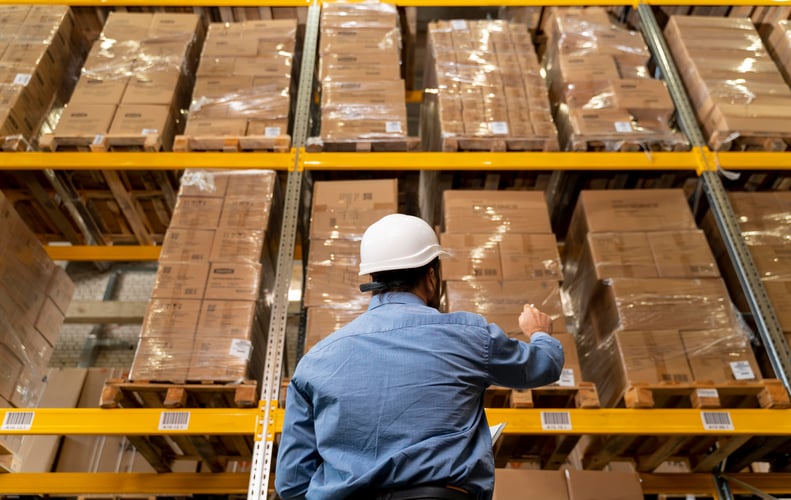
FILTER BY TOPIC
Recent Blog Posts
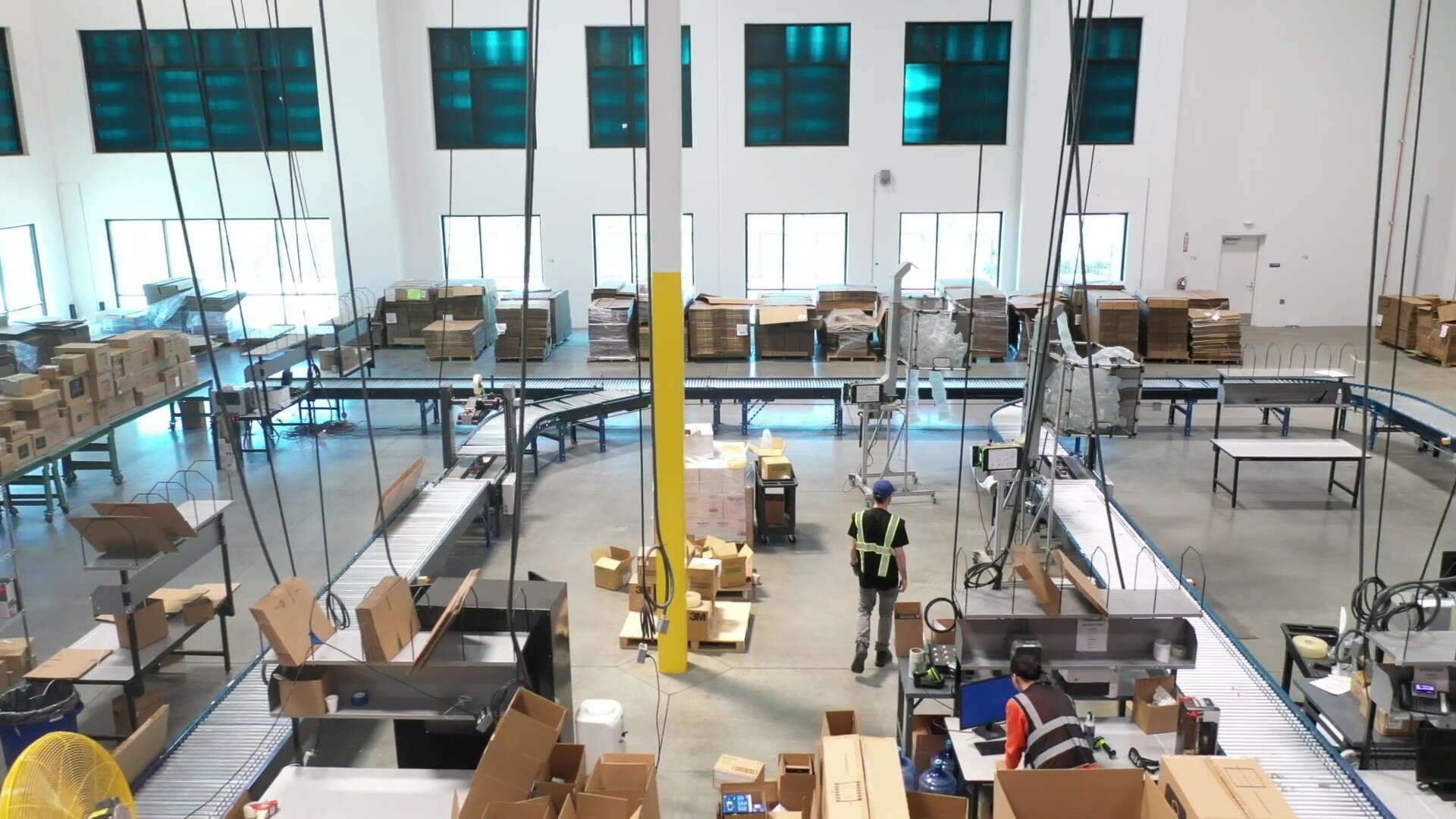
Recent, Happening Now
November 21, 2025
Why You’re Better Off Leaving Automation to a 3PL
In today's logistics landscape, warehouse automation is no longer a futuristic luxury — it's a necessity. But as companies face rising consumer expectations, tighter margins, and labor shortages, the...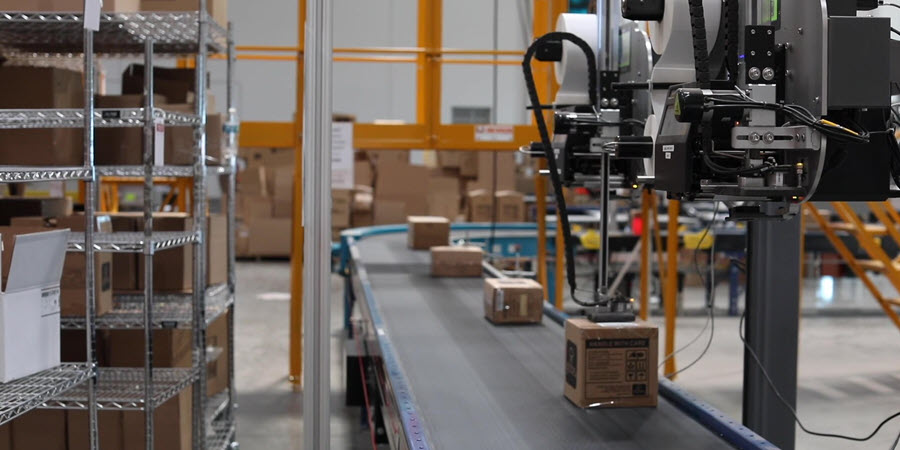
Recent, Happening Now
October 23, 2025
Rethinking Omnichannel Fulfillment: How a National 3PL Can Streamline Your Supply Chain
Retailers and eCommerce brands are under more pressure than ever to fulfill orders quickly, accurately, and across multiple channels. Whether shipping to a consumer’s doorstep, a retail store, or a...
Recent, Happening Now
October 15, 2025
Why the NY/NJ Region Remains a Top U.S. Logistics Gateway
With Weber Logistics’ recent national expansion, Weber now offers logistics services in the New York / New Jersey region – one of the densest, most infrastructure-rich corridors in the United States....All Blog Posts

West Coast Distribution
December 13, 2018
Collaborate and Save: Pool Distribution with Temperature-Controlled Trucking Companies
If you need to get across town fast and your choices are a taxi cab or public transit, you’d likely prefer the cab. Times being what they are, however, the price of that cab ride might drive you to...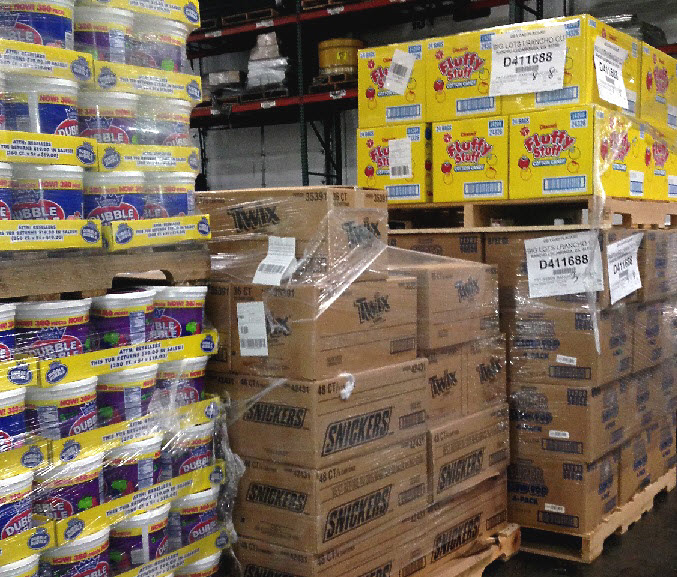
Food Supply Chain
March 15, 2018
Food Distribution Logistics: Finding a 3PL Who Has What It Takes
Handing all or part of your food distribution operation over to a third-party logistics (3PL) provider may seem like a leap of faith. After all, you’re relying on the 3PL’s ability to maintain food...
Food Supply Chain
March 4, 2018
Choosing a Food-Grade Warehouse: 5 Areas to Evaluate
When outsourcing warehouse distribution, it’s essential to find the right 3PL partner. One that understands how to run a food-grade warehouse and remain in compliance with all regulatory...
West Coast Distribution
August 6, 2015
Become the Holiday Hero: Prepare your DC for the Food and Beverage Industry during Peak Season
When you think of the holidays, what pops into your mind? Is it a winter wonderland, super sales, nonstop festive music, or is it all the FOOD! Can you image the holidays without your favorite...
Food Supply Chain
August 14, 2014
Choosing the Right 3PL for Cold Chain Logistics and Food Distribution
You know the perils of cold chain logistics and food distribution. Let your guard down, and a pallet of chocolate turns into a gooey mess, or you get stuck with racks full of canned goods nearing...
Food Supply Chain
May 14, 2014
The Logistics of Cold Chain Management
In two words: control and organization. Cold chain management in the supply chain typically focuses on groceries, pharmaceuticals, chemicals, as well as some high tech products. Each of the products...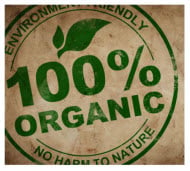
Food Supply Chain
May 7, 2014
Organic Food Storage: Key Considerations
The definition of “organic:” of, relating to, or derived from living matter. "Organic soils"Sounds healthy, doesn’t it? Millions of people have adopted organic foods for many of their main diet...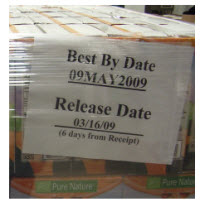
3PL
August 28, 2013
How to Choose the Right Food Logistics 3PL
You know the perils of food logistics. Let your guard down, and a truckload of perishables turns into an unsellable mess. Or you get stuck with racks full of canned goods nearing their sell-by date. ...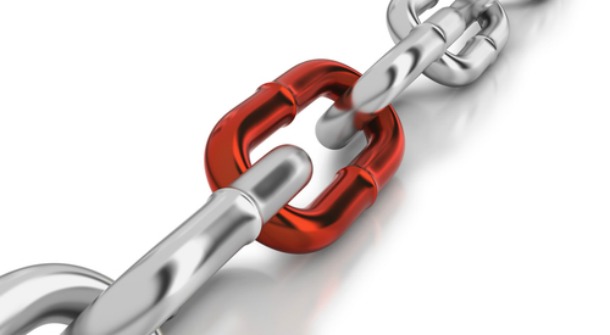
Third Party Logistics
August 5, 2013
Supply Chain Process: Are You Managing the Chain or the Link?
Managing the supply chain process involves a series of constant changes, but many companies fail to manage these changes well. This is especially true where organizational structures reinforce cost...
Food Supply Chain
July 17, 2013
It’s Hot Out There! The Importance of Cold Chain Management
With many decades of experience in cold chain management for food industry customers in the Western U.S., Weber Logistics pays a lot of attention to the weather.And it’s hard not to notice these...Subscribe to Instant Updates
Component variant main layer object list link mask create follower main vertical image blur comment bold variant opacity plugin italic.


 Capital Management
Capital Management